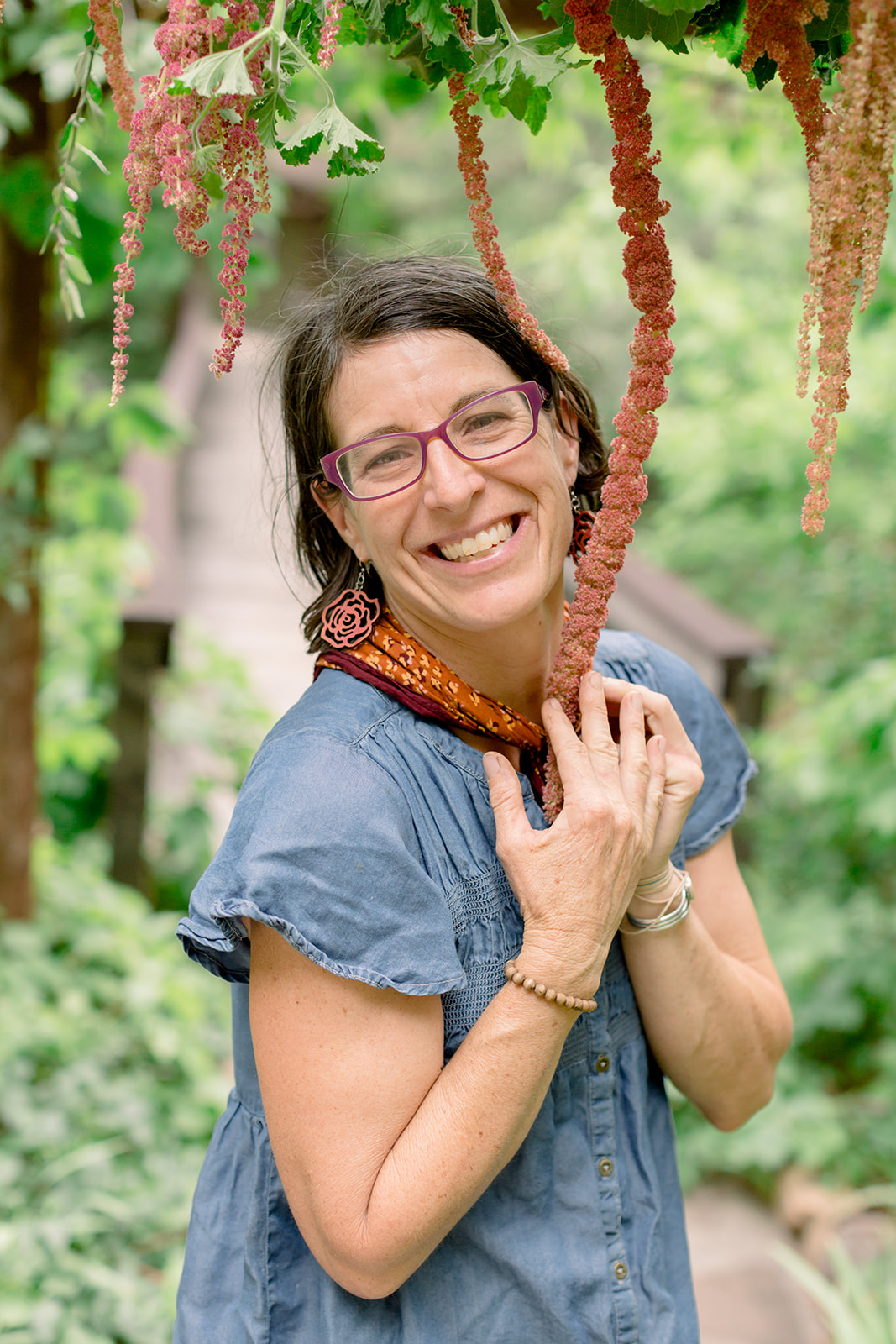What I love about the Grand Canyon is … all of it. But what I absolutely treasure are its springs that form lush biodiversity strongholds. These springs could be depleted or contaminated by a renewed interest in uranium mining.
Two weeks ago I joined more than 100 Flagstaff residents at a public meeting to learn about the proposed withdrawal of 1,010,776 acres of public lands around Grand Canyon National Park from mining for the next 20 years.
I hoped to hear an in-depth discussion of the alternatives on the table: full withdrawal, protection of some part of the million-plus acres, or “no action.” Instead I left with the impression that the Bureau of Land Management would like to keep clear access for mining in my back yard.
The Draft Environmental Impact Statement (DEIS) for the proposal is the size of a metropolitan area phonebook, so there were plenty of questions. The questions had to be submitted in writing to be addressed by a BLM moderator who had overseen the project.
Instead of answering the public’s questions directly, he systematically avoided answering them. He shuffled those of substance to be answered by technical experts after the public session. The audience grumbled and sighed audibly. When asked how the public benefits from mining on public lands, the moderator laughed, leaving the audience to assume there was no benefit.
I got the distinct feeling that if he had a choice he would rather not hear my opinion about the alternatives. So much for public process.
The lands proposed for withdrawal were outlined on maps displayed around the meeting room. Many places I love rose from the two-dimensional surface—the eastern monocline of the Kaibab Plateau, the crevice of Kanab Creek flowing inevitably toward the Colorado River in Grand Canyon. I have been on biological expeditions in the canyon where we have described springs not found on maps, and discovered plants new to science. All of these places and all of those species are at risk.
I tried to imagine a uranium mine obstructing the vista of the House Rock Valley from the front porch of Kane Ranch. The Kane Ranch headquarters was constructed in 1877 from local sandstone and is nestled up against the base of the Kaibab Plateau. The setting still provides an unmarred view of the Vermilion Cliffs and the sweeping valley, which gradually slopes towards the crack of Marble Canyon. The sparse rainfall seeps into the aquifer and bursts from the Redwall Limestone at Vasey’s Paradise, a spring on the Colorado River. There, ruby-throated cardinal monkey flowers dip their feet in the chilly flow, providing habitat for the endangered Kanab amber snail.
There are times the argument to risk degrading our environment is balanced by economic benefits. The DEIS economic analysis finds that increased mining activity “would not produce obvious changes in economic conditions for residents and local and regional economies since the change would be a very small percentage in the 5-county area.” We would be inviting the destruction and fragmentation of these lands without local benefit. All of the companies with mining claims are foreign. There are no laws to ensure that the energy produced would stay within the United States.
These lands are some of our last and greatest places where we can be exposed to the power and beauty of the natural world. The swirling red rocks, twisting canyons, perennial streams, and paintings of great shamans tucked in alcoves are hallowed places. They are the traditional trails and ceremonial sites of the Hopi, Navajo, Havasupai and Paiute that tie them to the spirits of their ancestors.
If the proposed 20-year withdrawal does not occur we can expect 30 new uranium mines, 300,165 ore hauling trips, 22.4 miles of power lines, 22.4 miles of new roads, 316,000,000 gallons of groundwater used for mining, and 1,364 acres disturbed for exploration and mine development.
The old Orphan uranium mine perches on the rim of the Grand Canyon, barricaded by a fence. Several hundred feet below, you can camp underneath a towering hackberry tree. Horn Creek flows past on its way to join the Colorado River. A sign warns hikers not to drink the radioactive water. Can you imagine losing confidence in our last remaining springs and streams in the Grand Canyon? Are you willing to take the risk? For more information and to comment visit: www.blm.gov/az/st/en/prog/mining/timeout.html.

